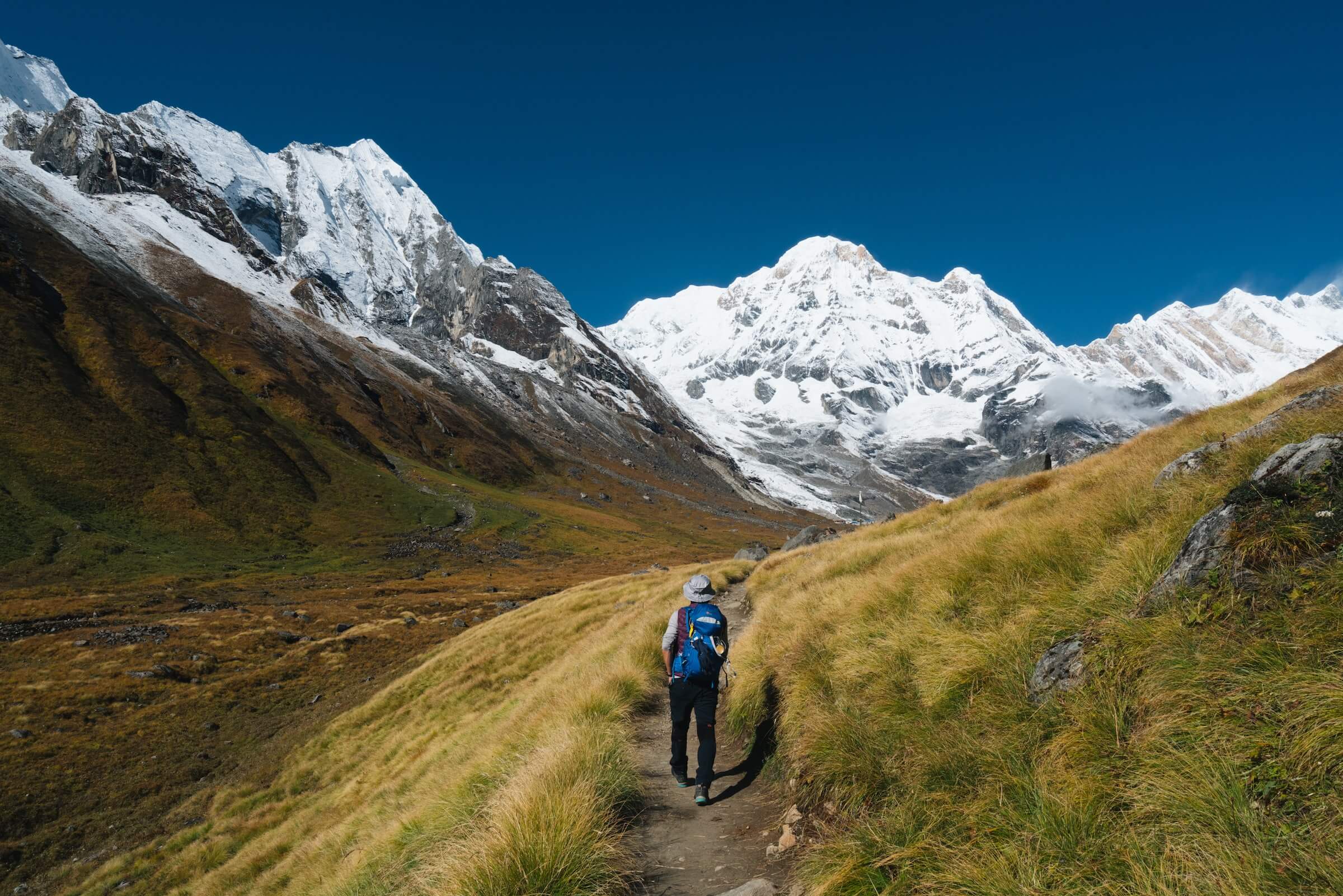Explore the wild side of Uttarakhand with our complete travel guide to Jim Corbett National Park—home to the majestic Royal Bengal Tiger and breathtaking biodiversity.
Introduction
If you’re craving a wild encounter with nature—think tigers in tall grass, river crossings with elephants, and birdsongs echoing through the jungle—then Jim Corbett National Park is calling your name.
As India’s first national park, established in 1936, Corbett is not just a sanctuary for wildlife—it’s a symbol of India’s conservation legacy. Located in the Nainital district of Uttarakhand, Corbett is a haven for photographers, adventure seekers, and families alike.
This complete travel guide has everything you need to plan an unforgettable safari in the wild heart of Uttarakhand.
- About the Park: A Wildlife Wonderland
Named after legendary British hunter-turned-conservationist Jim Corbett, the park spans over 520 sq. km of forests, rivers, grasslands, and hills.
Fast Facts:
Established: 1936 (as Hailey National Park)
Best Known For: Royal Bengal Tiger sightings
Zones: Dhikala, Bijrani, Jhirna, Dhela, Durga Devi, Garjiya, and Sonanadi
Wildlife: Tigers, elephants, leopards, sloth bears, gharials, deer, and over 600 species of birds
- Best Time to Visit
November to June is the ideal time for safaris.
Winter (Nov–Feb): Cool weather, clear skies, and high chances of tiger sightings.
Summer (Mar–June): Best for wildlife spotting at watering holes.
Monsoon (July–Oct): Many zones are closed due to heavy rains and slippery tracks, except Jhirna and Dhela, which remain open.
- Safari Zones: Where the Wild Roams
Corbett is divided into multiple safari zones. Each offers a unique terrain and different chances of spotting wildlife.
✅ Dhikala Zone (Core Area)
The most popular and richest in biodiversity
Night stays allowed only in forest rest houses
Advance booking required
Great for tigers, elephants, and wild boars
✅ Bijrani Zone
Close to Ramnagar, ideal for a day safari
Dense sal forests and open grasslands
High possibility of big cat sightings
✅ Jhirna Zone
Open year-round
Famous for sloth bear and leopards
Less crowded and easier safari booking
✅ Dhela Zone
Newer zone with fewer tourists
Good for birdwatching and peaceful jungle drives
✅ Durga Devi & Garjiya Zones
Scenic beauty with rivers and hills
Good for birds and leopards
Slightly remote, ideal for experienced safari-goers
- Safari Types & Booking Info
You can choose between Jeep Safaris and Canter Safaris depending on your group size and interest.
🚙 Jeep Safari
6-seater open jeep
Available in all zones
Recommended for a personal and flexible experience
🚐 Canter Safari
16-seater open bus
Only in Dhikala zone
Ideal for budget travelers or large groups
Booking Tip:
Safari permits sell out fast—especially in Dhikala. Book at least 15–30 days in advance on the official Corbett website.
- Where to Stay: Jungle Lodges & Luxury Resorts
Jim Corbett offers a range of stays from forest rest houses to luxury resorts.
🛏️ Inside the Park (Forest Rest Houses)
Dhikala, Gairal, Jhirna, Bijrani FRHs
Government-run, basic but thrilling—stay in the heart of the jungle
Must book through forest department site
🛏️ Outside the Park (Popular Resorts in Ramnagar Area)
Taj Corbett Resort & Spa – Luxury in the wild
Aahana – The Corbett Wilderness – Eco-resort with wellness facilities
Corbett Riverside Resort – Riverfront charm
The Riverview Retreat – Mid-range, great for families
- What to Pack for Your Safari
Light clothing in summer, warm layers in winter
Neutral/dull colors (avoid bright colors that disturb animals)
Binoculars and DSLR camera (if you’re into wildlife photography)
Sunglasses, sunscreen, hat
Reusable water bottle
Personal medications (you’ll be far from stores!)
- Things to Do Beyond the Safari
Garjiya Devi Temple: Located on a hill beside the river, a peaceful spiritual site.
Corbett Museum (Kaladhungi): Jim Corbett’s old bungalow turned into a museum.
River Rafting: In Kosi River (seasonal)
Birdwatching: Especially near Sitabani and Dhela zones
- Travel Tips & Responsible Tourism
Always follow your guide’s instructions—never get down from the vehicle during safari.
Maintain silence to avoid disturbing wildlife.
Avoid plastic—keep Corbett clean and green.
Don’t feed or provoke animals.
Carry valid ID proof during your safari.
How to Reach Jim Corbett
By Road: 250 km from Delhi (5–6 hours drive)
By Train: Nearest station – Ramnagar, well connected to Delhi
By Air: Nearest airport – Pantnagar Airport (80 km away)
Conclusion
Jim Corbett is more than just a wildlife park—it’s an experience that awakens your primal connection to nature. With the call of the jungle, the roar of a distant tiger, and the rustle of leaves under elephant feet, Corbett offers a retreat like no other.
Whether you’re a first-timer or a wildlife enthusiast, Corbett will surprise and thrill you with every visit. So pack your camera, wake up early, and get ready for a wild adventure in the heart of Uttarakhand.





